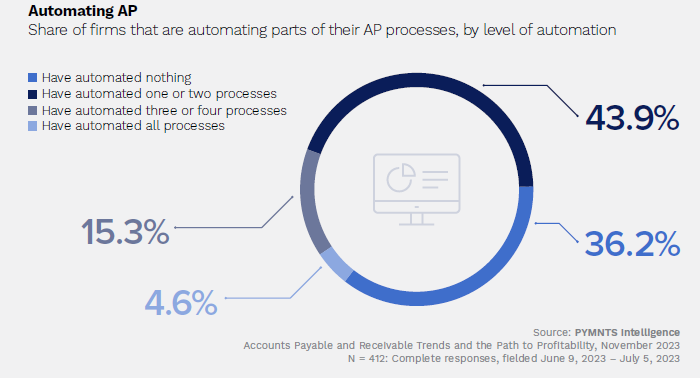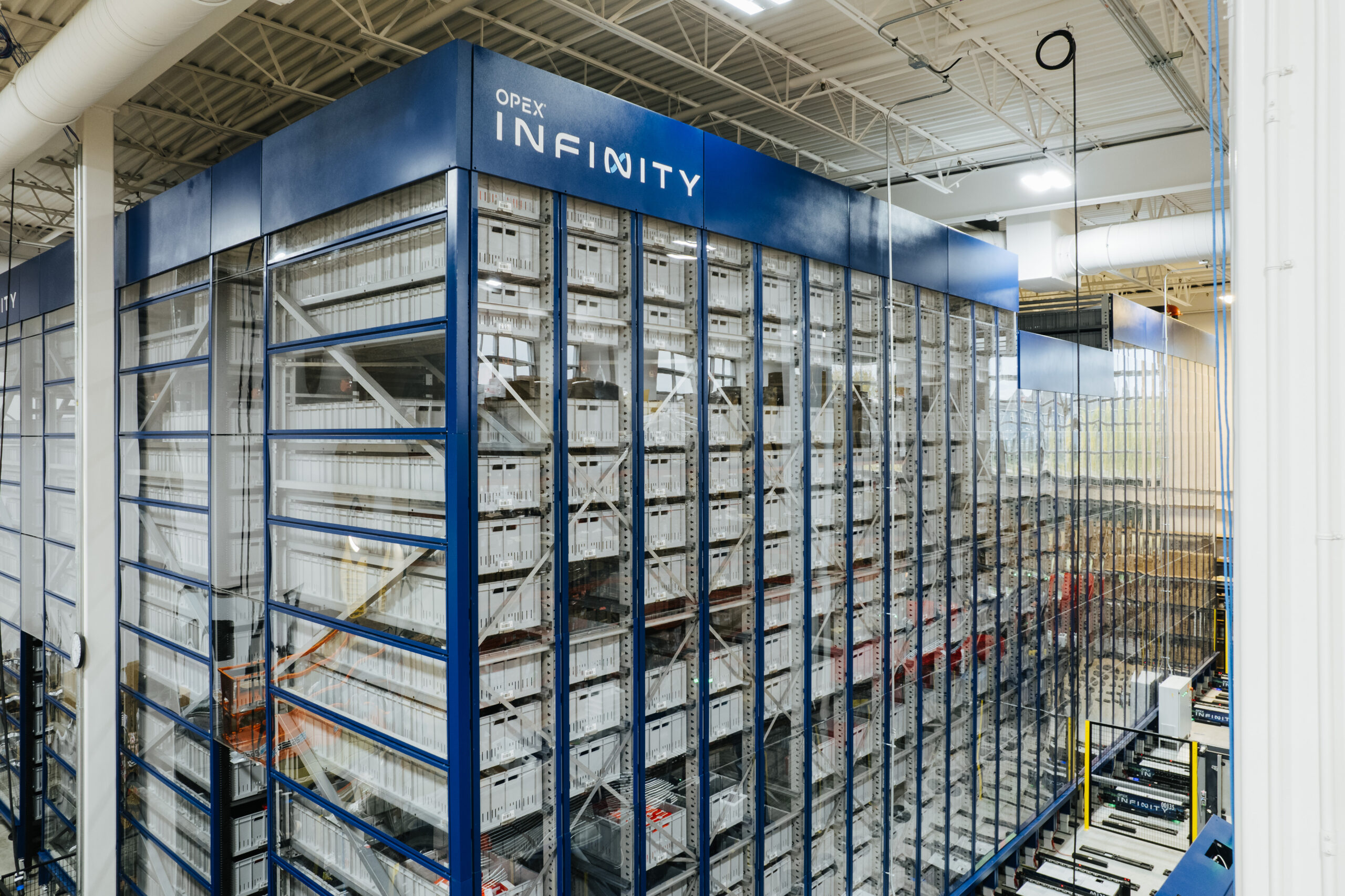Presented by Chargebee
Recurring revenue models like subscriptions bring welcome predictability, flexibility and growth to businesses across industries. In this VB Spotlight, learn how data-based automation can revolutionize your business and drive growth and profitability in any market conditions.
The subscription space has grown rapidly over the last 20 years, from the early days with Microsoft, Amazon and Netflix, to a proliferation of B2B and consumer subscription businesses in both the PLG/SaaS areas in enterprise, in digital consumer subscriptions and subscription ecommerce. The pandemic kicked the trend up a notch, with the world leaning into the convenience and relative safety of subscriptions — but the market is shifting again.
“Companies and merchants are both adjusting to life post-pandemic, so churn and retention has become much more of a theme than pure growth at all costs acquisition, which really dominated the SaaS and subscription space since 2008, 2009,” says Guy Marion, CMO of Chargebee. “Much of the talk we’re seeing today is around the role of the marketer in influencing the lifetime value (LTV) to customer acquisition cost (CAC), as much as in acquiring customers.”
Chargebee, a subscription billing vendor and revenue growth management platform, has seen churn increase by 25% across all spaces, he adds. And that’s why automation and personalization has become critical to retention and acquisition, and why data is important to every facet of the business.
Why data is critical for subscription maintenance
“Data is so critical, and it’s not just data, but a shared understanding of data across the organization; one common platform and one common understanding,” says Jessica Gilmartin, CMO of Calendly. “It’s important for marketers to have close partnerships with our product teams, finance, customer support, and sales, and build the basics and the fundamentals. Having shared data sources, having all sources of data in the same systems, which is harder than it sounds, and less common than it sounds.”
It also means having shared definitions of data types and what they mean, so that every team is making decisions based on common assumptions and insights.
At Typeform, they use data to identify and pursue high-value customers, targeting specific regions with their ideal customer profile (ICP), and create more personalized experiences, says Patricia Rollins, head of marketing at Typeform.
“We’re also retaining them and making sure that we are looking at every step of the way in the life cycle and being able to target them,” Rollins says. “If they’re ready to expand an opportunity, we have automated triggers to help them expand, as well as working on retaining them with our user-generated content.”
All of this requires a strong investment in data science and data engineering, to build a solid foundation, develop powerful dashboards and ensure high-quality data and data hygiene to make fast decisions, and enable internal collaboration. At Calendy, they’ve also formed a number of operating committees and steering committees to promote this common understanding and shared decision-making, she adds.
“That allows small working teams solving a very specific problem like retention, like pricing, to come together on a weekly basis and look at data, create hypotheses and run experiments, come back quickly, and look at that data and the results, to keep iterating very quickly,” she says. “Then that goes to the steering committees and the executives who are helping to guide that decision-making process.”
Data-driven automation and personalization
Automation isn’t a set-it-and-forget-it process — it requires human supervision to keep track of how the market is changing, how the composition of your audience is shifting and when referral sources change. And that allows the subscription business to extend the individual customer experience at scale and leverage personalization and better targeting, with a solid understanding of what the customer really wants from their subscription plan.
“That’s more important now than ever, when automation and scaling more efficiently is now a key buzz phrase, as IT budgets across the industry are being scrutinized and reduced,” Marion says. “Keeping the customer first is critical during those times. One thing we’ve seen is that nearly 40% of merchants in our base have managed to reduce churn and increase LTV by shifting more of their customers onto annual plans. We see this type of behavior now as companies recognize that there are segments of their customers that are happier or more successful than others, and then being more nuanced on how they trigger and engage.”
But data is not only important in personalizing automated experiences, but also ensuring the content you serve stays effective.
“An effort we’re also looking at here at Typeform is making sure that the content, from the minute that you acquire a customer, all the way through the funnel and the life cycle, it stays true to them,” Rollins says. “We’re talking to them in a specific tone and voice. Sometimes the messaging gets diluted. But as you talk through the content, through the personalization and automations, you’re using all the subscription data to help trigger and automate the expansion, the churn prevention campaigns, your payment failure campaigns and so on.”
Calendy has found success in creating personalized home pages for customers based on where they are in the trial process. If they’re brand new, when they log back into Calendly, they get a personalized checklist with items known to lead to long-term conversion and retention, versus if they’re a week into their trial, versus if they’re at the end of their trial.
“That understanding of where they are in the trial process, combined with downstream information around what creates long-term happy customers that retain and monetize well, is really important to us,” she says. “We’ve seen a significant uptick in our activation and conversion metrics by using some of that intelligence.”
For more on the way data-powered automation can help subscription services improve customer service, how to leverage data-driven insights to boost growth, real-world use cases and more, don’t miss this VB Spotlight event!
Agenda
- Streamlining sales velocity via trials, easy upgrades, and more
- Developing a customer-centric approach to subscription management
- Leveraging data-driven insights to boost subscriber growth
- And more
Presenters
- Patricia Rollins, Head of Marketing, Typeform
- Jessica Gilmartin, CMO, Calendly
- Guy Marion, CMO, Chargebee
- Art Cole, Moderator, VentureBeat










